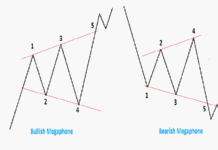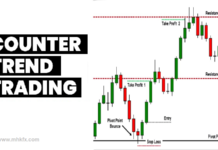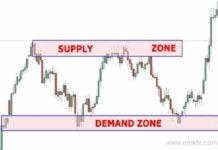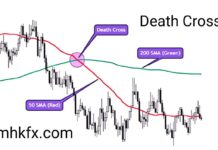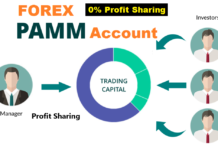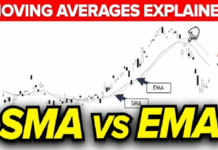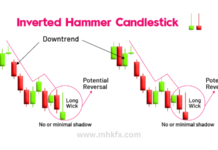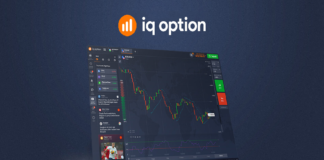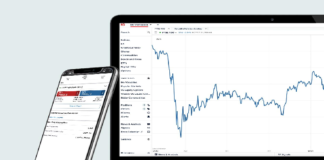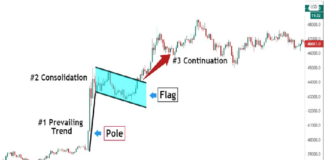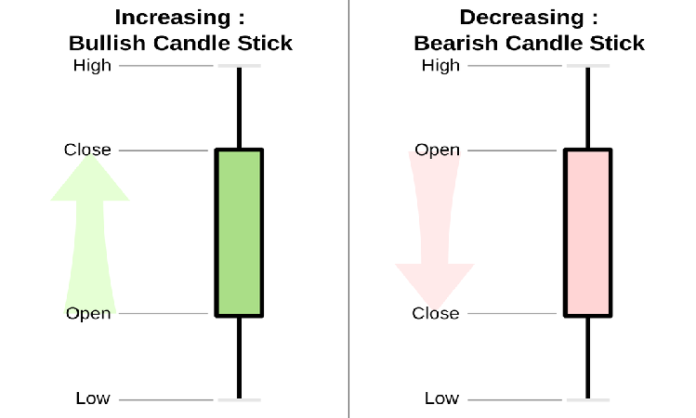
In the ever-evolving landscape of financial markets, the quest for effective tools and methodologies to analyze price movements and predict market trends is unending. Among the various tools employed by traders and analysts, candlestick charts have emerged as a revolutionary method that has transformed the way technical analysis is conducted. This article delves into the fascinating world of candlestick charts and explores how they have revolutionized the field of technical analysis in financial markets.
The Origins of Candlestick Charts:
Candlestick charts originated in Japan in the 18th century and were initially used for analyzing the rice market. Munehisa Homma, a Japanese rice trader, is credited with developing the candlestick charting technique, which was later introduced to the Western world in the 20th century. The charts gained popularity due to their ability to convey a wealth of information in a visually appealing and easy-to-understand format.
Visual Representation of Price Movements:
Unlike traditional line charts, which represent only closing prices, candlestick charts provide a more comprehensive view of price movements by illustrating the open, high, low, and close of a security within a specific time frame. Each candlestick consists of a rectangular body and two wicks (or shadows) extending from the top and bottom. The body is color-coded, typically with green or white indicating bullish movements (price closing higher than opening) and red or black indicating bearish movements (price closing lower than opening).
Key Candlestick Patterns:
Candlestick charts are renowned for their ability to highlight distinct patterns that signal potential trend reversals or continuations. Traders and analysts closely study patterns such as doji, hammer, engulfing, and shooting star, among others, to make informed decisions about market entry and exit points. These patterns often provide valuable insights into market sentiment and can be powerful indicators for predicting future price movements.
Integration with Technical Indicators:
Candlestick charts are frequently used in conjunction with other technical indicators to enhance the accuracy of market analysis. Popular indicators like moving averages, Relative Strength Index (RSI), and Moving Average Convergence Divergence (MACD) can complement candlestick patterns, providing a more holistic view of market dynamics. The synergy between candlestick charts and technical indicators empowers traders to make well-informed decisions based on a combination of visual and quantitative data.
Conclusion:
Candlestick charts have ushered in a new era of technical analysis in financial markets, offering traders and analysts a powerful tool for deciphering market behavior. Their visual appeal, combined with the ability to identify intricate patterns, has made candlestick an indispensable component of the trader’s toolkit. As technology continues to advance, it is likely that candlestick will remain a cornerstone of technical analysis, providing invaluable insights into the complex world of financial markets.
Click to sign up with ICMarkets
Related Articles:
Mastering Market Momentum : How the Awesome Oscillator Enhances Trading Strategies
Mastering Risk Reward Ratio: A Crucial Skill for Successful Forex Traders

